We’ll cover:
- Seborrheic Dermatitis Explained: Understand the root causes of seborrheic dermatitis and why some individuals are more susceptible.
- Ear-Specific Characteristics: Learn about the unique presentation of seborrheic dermatitis in and around the ears.
- Proven Treatment Strategies: A thorough examination of both conventional and natural treatment options with supporting evidence.
This guide prioritizes treatments and findings grounded in scientific research (references provided). We also include valuable reader-suggested tips for a well-rounded perspective.
By the end of this article, you’ll understand:
- The role of malassezia yeast in seborrheic dermatitis.
- Why ears are highly susceptible to seborrheic dermatitis symptoms.
- Why anti-fungal medications remain a primary treatment.
- The importance of skin barrier health in managing seborrheic dermatitis.
- Popular and effective natural treatments for ear seborrheic dermatitis.
Have questions as you read? Please use the comments section [1] below – I’ll do my best to respond promptly.

Understanding Seborrheic Dermatitis: An Introduction
Seborrheic dermatitis is considered a chronic skin condition often triggered by Malassezia yeast.
Malassezia yeasts are lipid-dependent organisms naturally present on almost everyone’s skin [1]. While typically harmless, in susceptible individuals, these yeasts can contribute to skin conditions like seborrheic dermatitis [2, 3].
While Malassezia has long been implicated, current research suggests a more nuanced relationship. The prevailing understanding is:
- Increased Malassezia → Irritating byproducts → Skin barrier compromise → Irritation & Symptoms
Beyond Malassezia, research points to other contributing factors:
- Immune System Variations: Reduced T-helper cell counts may play a role [4].
- Malassezia Activity Differences: In those with seborrheic dermatitis, Malassezia may produce specific irritants not found in others [5].
- Oxidative Stress: A link exists between oxidative stress levels and the severity of seborrheic dermatitis [6, 7].
- Nutrition: Lower vitamin E and imbalanced fatty acids may be contributing factors [8].
- Skin Microbiota Imbalance: Emerging evidence suggests that bacterial skin flora may have a more direct connection to seborrheic dermatitis than Malassezia alone [9, 10, 11].
This is a complex condition, and research continues to uncover more.

Seborrheic Dermatitis in Ears: Unique Characteristics
Seborrheic dermatitis can manifest on various skin areas, but understanding its specific behavior in the ears is crucial, especially if your symptoms are localized there. This knowledge informs more effective treatment strategies.
Why Ears Are Susceptible to Seborrheic Dermatitis
Skin environments differ across the body – some areas are moist, others dry, and some are oily. Ears fall into the oily category. They have a high concentration of sebaceous glands, relying on a lipid-rich environment for protection.
This lipid-rich environment makes ears particularly attractive to Malassezia yeast. Consequently, if you experience seborrheic dermatitis in your ears, you might also see symptoms on your scalp, nasal folds, eyebrows, forehead, chin, and potentially the lower back.
Severe Cases and Ear Canal Involvement
Seborrheic dermatitis severity varies. In some instances, symptoms can extend deeper into the ear canal. If your ear canal is affected, seeking professional medical advice is essential. Many treatments discussed here may not be suitable or safe for the ear canal.
If standard medical treatments haven’t provided relief, consider seeking a second, third, or even fourth medical opinion. Additional perspectives can improve diagnostic accuracy and boost your chances of successful treatment.
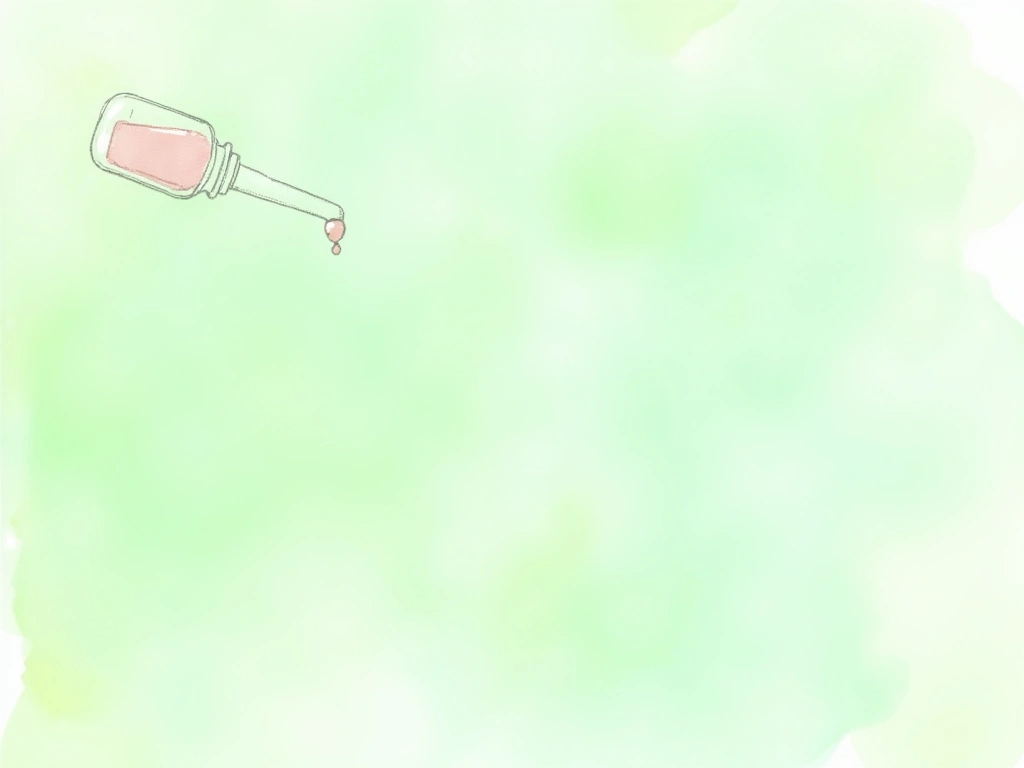
Medicated Treatments for Ear Seborrheic Dermatitis
Medicated treatments typically focus on anti-fungal agents to control Malassezia yeast, a key factor in seborrheic dermatitis development. Many of these anti-fungals have a long history of use and substantial research supporting their effectiveness. However, individual results can vary.
Anti-Fungal Shampoos for Ear Application
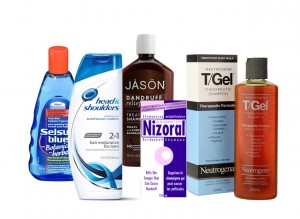
While designed for the scalp, anti-dandruff shampoos can be adapted for ear seborrheic dermatitis. Some dermatologists even recommend using them on the face.
For ear application, use a pea-sized amount of anti-dandruff shampoo or conditioner. Apply it to the affected ear area, leave it for 3-5 minutes, and rinse thoroughly with water.
Common Anti-Dandruff Shampoo Options
Effective shampoos often contain these active ingredients:
- Head and Shoulders (zinc pyrithione)
- Neutrogena T-Gel (coal tar)
- Nizoral (ketoconazole)
- Selsun Blue (selenium sulfide)
- JASON Natural Dandruff Relief (sulfur + salicylic acid)
Many find anti-dandruff conditioners particularly effective for ear seborrheic dermatitis due to their moisturizing properties. Since the goal is to manage seborrheic dermatitis rather than cleanse the ear, conditioners can be a gentler alternative.
Personal Experience: Anti-fungal shampoos and conditioners have been effective for ear seborrheic dermatitis. Ear skin seems less sensitive than facial skin. While these products sometimes felt harsh on my face, they were well-tolerated in and behind my ears. However, long-term, I transitioned away from commercial anti-fungals, favoring a more symbiotic approach.
Further Reading
Explore the Top 7 Essential Seborrheic Dermatitis Shampoos [Updated Feb 2020] article for a detailed review of common anti-fungal shampoos, categorized by active ingredient, with insightful comments from other users.
Anti-Fungal Creams, Lotions, and Soaps
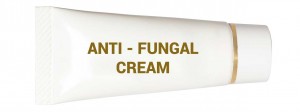
Products with the same active anti-fungal ingredients as shampoos are also available as creams, lotions, and sprays designed for broader body application. Always follow product-specific directions.
Popular Anti-Fungal Products
Here are some commonly used and personally tested products:
- Noble Formula Zinc Cream (zinc pyrithione) – Tried this
- DermaZinc Cream (zinc pyrithione)
- Noble Formula Bar Soap (zinc pyrithione) – Tried this
- DermaZinc Soap (zinc pyrithione)
- SAL3 Cleansing Bar (sulfur + salicylic acid) – Tried this
- MG217 Medicated Tar (coal tar)
- Soap Works Coal Tar Bar Soap (coal tar)
Additionally, some individuals use jock itch creams. Prescription anti-fungal creams are also available – consult your doctor for these.
Personal Experience: Similar to shampoos, these products effectively controlled ear seborrheic dermatitis for me. Creams and lotions are generally more convenient for targeted application and leaving on the skin. However, some were too greasy for my preference. Ultimately, I didn’t find this product category ideal for long-term management.
Nystatin: A Specific Anti-fungal Cream
Nystatin is a pioneering anti-fungal medication [12]. While effective against Malassezia, its use decreased due to the emergence of nystatin-resistant Malassezia strains [13].
However, community member Joakim shared his successful experience with nystatin when other treatments failed. Numerous readers have since echoed this in the comments.
Nystatin is typically prescription-only in many countries and is a well-established anti-fungal agent.
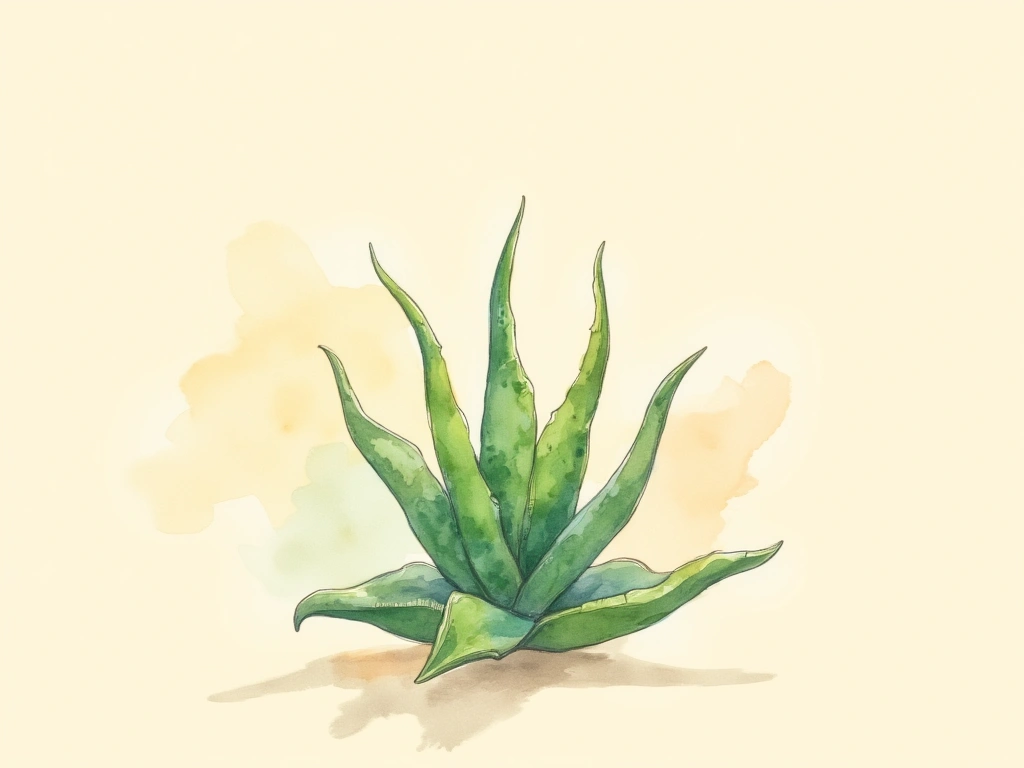
Natural Treatments for Ear Seborrheic Dermatitis
This section explores natural treatment options.
It’s important to note that most natural treatments are supported primarily by anecdotal evidence or preliminary research. Nevertheless, natural approaches are valuable and often preferred, including by myself.
Apple Cider Vinegar for Ear Seborrheic Dermatitis
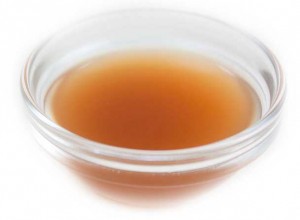
Apple cider vinegar (ACV) is a popular natural remedy for ear seborrheic dermatitis. Malic acid, a key component of ACV, is believed to be responsible for its benefits, with anecdotal reports suggesting it can control yeasts and fungi. However, research indicates that its pH-lowering effects may be the primary source of symptom relief [14].
How to Use Apple Cider Vinegar in and Around Ears
- Dilute: Mix apple cider vinegar with water in a 1:1 ratio.
- Apply: Use a cotton pad to gently cleanse the affected ear areas with the mixture.
- Leave-in: Allow the solution to remain on the skin for 10-15 minutes.
- Rinse: Rinse with water.
Important Tips:
- Patch Test: Begin by testing on a small skin area to check for reactions.
- Start Diluted: Initially use a lower concentration and gradually increase as your skin adapts.
- Undiluted ACV: Some individuals use undiluted ACV, especially in the ears, as ear skin is often less sensitive. However, proceed with caution due to its strength, particularly if your skin is unaccustomed to acidity. Start diluted and gradually increase concentration if desired.
Further Reading
For a deeper dive into apple cider vinegar and its use for seborrheic dermatitis, see my dedicated post.
Tea Tree Oil for Ear Seborrheic Dermatitis
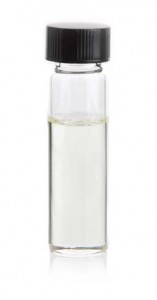
Tea tree oil is a well-known essential oil, widely used in natural beauty products, including anti-dandruff shampoos.
Extracted from the narrow-leaved paperbark tree, tea tree oil exhibits broad antimicrobial properties. Its effectiveness against seborrheic dermatitis is attributed to its ability to combat Malassezia yeast [15].
How to Use Tea Tree Oil for Ears
Tea tree oil is potent and can irritate skin if used undiluted. Dilution with a carrier oil is recommended for topical application. Popular carrier oils include coconut oil, olive oil, and hemp seed oil.
Dilution Ratio: A common starting point is 5 drops of tea tree oil per teaspoon of carrier oil, but this can be adjusted based on individual sensitivity.
Application:
- Mix: Combine tea tree oil with your chosen carrier oil.
- Apply: Gently dab the mixture onto affected ear skin.
- Leave-in: Allow the oil to absorb for maximum benefit. Some prefer to leave it on, while others rinse it off after a period.
Further Reading
Explore my previous post for a comprehensive analysis of tea tree oil for seborrheic dermatitis.
Raw Honey for Ear Seborrheic Dermatitis
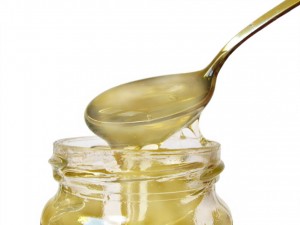
Raw honey is another highly favored natural remedy for seborrheic dermatitis, largely due to a 2001 study demonstrating its effectiveness [16].
Further Reading
Raw honey’s broader benefits are discussed in a previous article. Here, we focus on its specific application for seborrheic dermatitis in and around the ears.
How to Use Raw Honey for Ears
The standard method involves diluting raw honey with equal parts water.
Application:
- Mix: Combine raw honey and water in equal parts.
- Apply: Apply the mixture to the affected skin.
- Leave-on: Leave for approximately 3 hours.
- Rinse: Rinse thoroughly with water.
Personal Tip: Extended application wasn’t practical for my ears. I found it more convenient to wash my ears with honey and rinse immediately, or apply it before showering and rinse off at the end. I found this method effective overall, but have since transitioned to an easier approach (discussed next).
Dietary Changes for Managing Seborrheic Dermatitis

Dietary approaches to seborrheic dermatitis are complex due to individual variability.
Genetic differences and diverse dietary backgrounds make it challenging to pinpoint specific trigger foods definitively. It’s important to be wary of internet myths.
For a long time, I believed gluten was the culprit for my seborrheic dermatitis. However, after a year-long gluten-free trial, I concluded it wasn’t the cause. Plus, adhering to a gluten-free diet proved very difficult.
Common Dietary Suspects – Individual Responses Vary!
Online accounts frequently mention certain dietary items as potential irritants, including dairy, gluten, fruits, and nightshades. However, focusing solely on specific food lists can be misleading.
Personalized Approach: The most effective approach is to keep a food journal. Avoid overthinking and listen to your body’s responses rather than solely relying on generalized online advice. Paying attention to your body’s signals may help you manage ear seborrheic dermatitis.

Alternative Approaches for Seborrheic Dermatitis
These alternative approaches have been personally helpful and are popular within this website’s community, with extensive discussions in their respective comment sections.
Barrier Repair for Skin Health
Treatments aimed at strengthening the skin barrier are often overlooked in standard medical discussions of seborrheic dermatitis. However, given that compromised barrier function is a significant aspect of seborrheic dermatitis [17], this approach warrants greater attention.
Reducing irritants and adopting a gentle skincare routine are initial steps.
Barrier Repair Basics:
- Gentle Cleansers: Replace soaps with mild, sensitive-skin cleansers.
- Reduce Washing: Wash skin less frequently.
- Cool Water: Use cold water for washing.
- Avoid Irritation: Refrain from touching or scratching affected skin.
Once external irritation (primarily from Malassezia in seborrheic dermatitis) is minimized, the skin can begin to recover. Barrier repair products can further accelerate healing.
These products (creams, lotions, ointments) focus on minimizing moisture loss and reducing skin sensitivity.
While not a mainstream medical approach, recent case studies suggest barrier repair holds considerable promise [18, 19].
Author's Experience
For me, prioritizing barrier repair and stability yielded the most positive long-term outcomes. While anti-fungals provided quick relief, barrier repair led to more sustainable improvement.
Skin Lipid Augmentation
As mentioned earlier, Malassezia yeasts depend on skin lipids for nourishment. Intriguingly, certain lipids can actually inhibit Malassezia activity [20].
A potential future direction in seborrheic dermatitis treatment may involve modifying sebum lipid composition to both reduce Malassezia activity and enhance skin barrier function. This dual-action approach could potentially provide rapid and well-tolerated results.
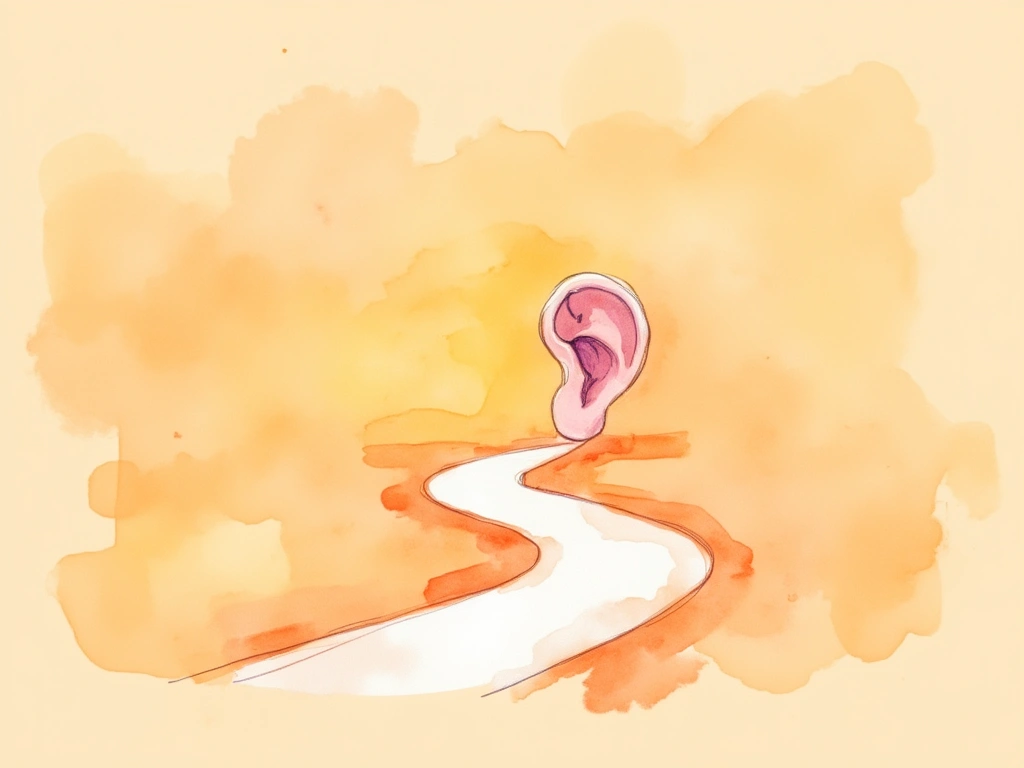
Author’s Journey with Ear Seborrheic Dermatitis
My seborrheic dermatitis initially appeared on my scalp – long before I knew its name, simply thinking it was dandruff (scalp seborrheic dermatitis). Later, I developed irritation in my nasal folds.
This irritation spread, despite dermatologist-prescribed antibiotic and anti-fungal creams. While somewhat effective initially or for short-term use, they weren’t a lasting solution. About a year later, my facial skin was significantly affected – blotchy, inflamed, and flaky.
After three years of extensive seborrheic dermatitis research, I’ve largely gained control. However, my ears have been a persistent area. Currently, ear seborrheic dermatitis is milder, with less skin damage. Occasional flaking inside the ears is the main remaining symptom, but it’s usually not very noticeable.
This article reflects my personal exploration of various seborrheic dermatitis treatments. While I strive to keep this information updated, the most dynamic resource remains the SD owner’s manual, my effort to consolidate comprehensive information in one place.

Treatment Options: A Recap
Many treatment options exist for ear seborrheic dermatitis. Your preferences may lean towards natural approaches or prioritize treatment effectiveness.
Medical Treatments:
- Anti-dandruff shampoos
- Anti-dandruff conditioners
- Anti-fungal soaps
- Anti-fungal creams
FDA-Approved Anti-fungal Agents for Seborrheic Dermatitis:
- Pyrithione zinc (0.3-2% in wash-off products; 0.1-0.25% in leave-on)
- Salicylic acid (1.8-3%)
- Selenium sulfide (1%)
- Sulfur (2-5%)
- Coal tar (0.5-5%)
Natural Treatments:
- Apple cider vinegar
- Tea tree oil
- Raw honey
Alternative Approaches:
- Barrier repair
- Skin lipid augmentation
Crucially, accurate diagnosis is paramount, regardless of your chosen treatment path. Without it, treatment efforts are unlikely to be successful, as different skin conditions require distinct approaches.
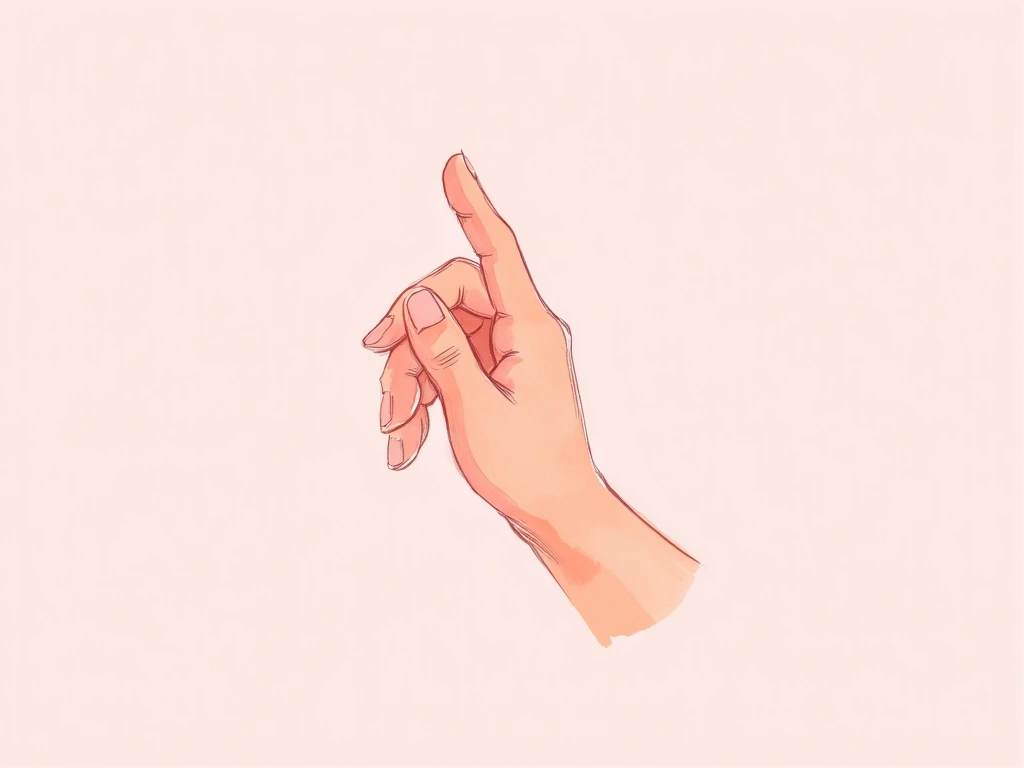
Conclusion: Managing Ear Seborrheic Dermatitis
This article aimed to provide a comprehensive overview of seborrheic dermatitis in the ears, exploring its causes and various management strategies.
Key Takeaways:
- Seborrheic dermatitis is thought to be an immune reaction to Malassezia yeast byproducts on the skin.
- Ears are often affected due to their lipid-rich environment, promoting Malassezia growth.
- Medicated anti-fungals are the primary treatment, with numerous over-the-counter options.
- Shampoos, despite being scalp-focused, are popular and accessible ear treatments.
- Anti-fungal soaps and creams are available, often online or by prescription.
- Natural remedies like raw honey, tea tree oil, and apple cider vinegar are frequently discussed, though research is still developing.
- Future treatments may emphasize barrier repair and sebum composition modification for lasting results.
I hope this information proves valuable and helps you find effective strategies to manage your ear seborrheic dermatitis.
If you have questions or personal tips for treating seborrheic dermatitis in the ears, please share them in the comments below.
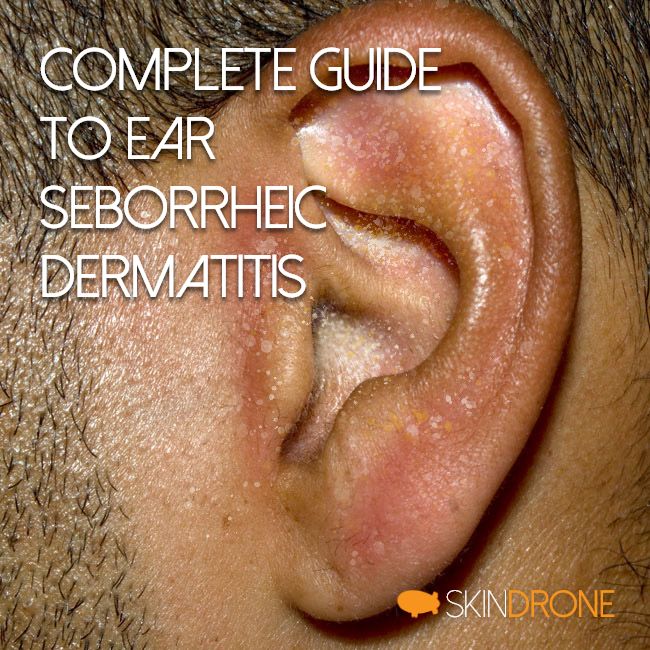

Dear,
Reply PermalinkCan I use lemon juice as ascorbic acid source instead of lab made ascorbic acid?
Hi Akbar,
Reply PermalinkYou can potentially give it a try. Personally, I didn’t have any luck with lemons.
The acidity of the citric acid was too strong for my skin.
I have had Seborrhric Dermatitis for years on my scalp. The only thing that helped and of recent use is Mystatin, it is gone for now for the first time in three years. I have it in my ears, it feel like it is in deep, I have a Doctor appointment Thursday I was told that Mystatin can thin the skin? So don’t want to over do it. My ears feel plugged up at times daily, itch a little and the skin has little flakes, once in a while I will get a sharp pains, which I feel may be an infection inside of my ears? I am going to use the vinegar/water wipe for now until I go to the doctor Thursday. My dog has been itching his ear for a week, took him to the Vet today, he has the same problem inside of his one ear !! Is it contageous? He likes to sleep on my head when I am sleeping soundly before I can get him off. It is caused by the same name as Seborrheic Dermatitis on the scalp is. He is starting on medication for it today. If his medication does not work ,I will use my Nystatin on him. I will see what the Doctor wants me to do before I use it in my ears, but if no results, then I will use it in mine too. If I can find my way back here I will let you know what my Ear,nose specialist Doctor said. Arlene
Reply PermalinkThank you so much for such a comprehensive and in depth list of treatment options. I have been suffering for years from seborrheic dermatitis in my left ear canal. I’m a swimmer and since my left ear does not produce wax it is frequently exposed to harsh chemicals. I can’t tell you how many ENT appointments I’ve had about this issue only to be left hanging and without a definitive answer as to what was causing the maddening itching and subsequent pain and what to do about it. I was prescribed aural antibiotics sometimes for an entire year which only worsened my condition. Finally, my primary doctor told me that what I had was dermatitis.
On another note, one thing I tried and that seems to work when the itching becomes unbearable is Benadryl or Claritin at bed time. Any thoughts on allergy pills?
Reply PermalinkI just got diagnosed with dermatitis in ear. 15 yrs. of swollen lymph node, ringing, itching, 15 drs., Cipro drops, antibiotics, steroids, ear flushings!! that sucked out yucky stuff, even bought one of those Elephant squirt bottles so hubby could flush out all the junk. Now I’m told to NEVER do that, to keep my ear as dry as possible with vaseline and cotton balls, get on a regimen of oils to balance it all out after l0 days of CiproDex drops. Oh wow.
Reply PermalinkHi Arlene, I was just curious what your doctor said at your appt? I have the same thi has you described
Reply PermalinkI have lived most of my life with seborrheic dermatitis in several parts of my body on and off, scalp, chest, around nose, around mouth, ears, and what helped for me was shower every day or every other day from cylinder heated water instead of boiler heated water, and sun bathing.
Reply PermalinkHi,
Reply PermalinkThank you for great post. I noticed flakes on my head couple of days back. I hate any thing in my head :-(! checked internet and found this Nutrogina T seal shampoo. I used it just today, and found the flakes are reducing. Thank God!
Couple of days back I started noticing bumps inside my ear like flakes, scratching it, peals it off, yewww!!! hate it…
Could you please assist me using honey in my ear would help?
How do you make biom8
Reply PermalinkTried everything to ease symptoms of seborrheic dermatitis. Nothing worked. Then I started saturating area in hair and behind ears with hair conditioner. I used aloe based L’Bri conditioner. Left this on for 5-10 minutes, then shampooed hair with dandruff shampoo. Rinsed hair very thoroughly, before drying hair, I applied a generous amount of Vaseline Intensive care lotion to scalp, ears and behind ears, then blow dried my hair as usual. I applied organic salve(Badger Balm) to ears and behind ears. At night I apply lotion to scalp and ears, let dry, then apply Badger Balm again. Been doing this for one week, the itching has almost completely stopped. The flakey scaling is gone except a small patch on one ear. Hope this might work for someone else. Going to continue this until all symptoms have been gone for at least two weeks. Then will start again as soon as any symptoms return. No more discharge. No more scales, no more itching!
Reply PermalinkI too am a swimmer and just diagnosed withthis. Im sure the chlorine is part of the problem. Im on doxycycline and Ketoconozole cream. My skin burns like heck.
Reply PermalinkI enjoyed your comities and experience. I am having problems . I love the yams and squash. thanks for all the info
Reply PermalinkMy daughter loves Foderma serum as helps with her eczema. I haven’t seen the results I was hoping with my stubborn eczema but won’t blame the product–no prescriptions work either to cure/clear up my eczema.
Reply PermalinkThanks so much for this…the itch is drivng me mad. The doctor gave me steroid cream but that makes hardly any difference to ears or face. I am off to buy some head and shoulders conditioner to try.
Reply PermalinkI have had a skin disorder since 2012 after a series of immunizations that I had to have to go to Africa. It first started on my arms where I would break out into little tune blisters that would itch and then scab over and then itch more. Then it spread to my back. Now since 2014 I have had the ear thing that you speak of above. I have tried every doc and every cream for the maddening itch, scaling, peeling, and leaking fluid from my ears. I look forward to trying these remedies. I have also thought that maybe it was a yeast infection in the ears instead of a fungus of sorts. What do you think?
Reply PermalinkMy ear is so ichy…and have a white flacky …what Im going to do…
Reply PermalinkI finally found a wonderful, instantly effective treatment: Betamethasone Valerate (creme or ointment) .01% , by prescription.
Reply PermalinkMy daughter had struggled with eczema since she was a baby. She scratches so bad at her skin. We have used steroid creams, dermatologists and the usual triamcinolone. I decided to go the natural route and use the Made from Earth Pure Aloe Skin Treatment. This product has worked wonders and we only had it a few days.
With the Made from Earth Aloe Treatment, I saw saw results super fast and its not toxic like the steroid creams the dermatologist gave us which did not work!
Reply PermalinkHello my name is Vivian Anderson i want to give a testimony on how I got cured from Herpes Virus. Few months back I was having some symptoms . I went to see a doctor and many blood tests was done on me, later on I was told I had Herpes. My doctor told me that there’s no cure for Herpes I felt bad, I went online searching for a possible cure for Herpes Virus, I saw a post of Dr Odidi a herbal doctor that’s helping people get cured from HIV, HEPATITIS B, RINGING EAR, CANCER e.t.c. I contacted him and told him how I’m feeling he said his herbal medicine can cure me. He sent me the medicine via Courier Service and I received the medicine some days after he sent it, i took the medicine as prescribed by him. Before the completion of the medication the symptoms stopped. I went to the doctor and carried out another blood test, surprisingly I was Negative. I haven’t had any symptoms anymore. Dr.Odidi is great…You can contact him on this Email: odidispelltemple@gmail.com
Reply PermalinkI have this affliction on my nose, between the eyes, and in my eye brows. It has spread to my ears, and to some degree, my scalp. Avon dandruff shampoo with conditioner has really helped the scalp, but the greatest product for my nose and ears has been a product called “Dermarest”. This product is available on Amazon, is relatively inexpensive, and a little goes a long way. It really keeps my symptoms at bay! I apply it every other day. For my ears, I put a very small dab on the end of a q-tip and apply it even to the inside of my ear canal. In two days it eliminated all of the little white flaky pieces and eliminated the itchiness. Hope this will help someone.
Reply PermalinkI have found a good quality Emu Oil works. I am going to try putting some tea tree oil in it as well.
Reply PermalinkWould these methods also work for interface dermatitis?
Reply PermalinkI had the same symptoms for 2 years incl clear fluid from ears that was sticky. . Went to dermatologist. He prescribed: fluocinonide 0.5%. Instant remission. I used 1 time and everything stopped overnight. I now apply twice a week maintenance. You only put it on external ear and just around opening w a qtip. It’s a liquid. Don’t put it in the ear though (even though you’ll be tempted) as if you have any openings in eardrum it can cause issues. It’ll work it’s way in on it’s own.
Reply PermalinkHave you ever just put a couple of drops of Sovereign Silver ( a colloidal silver) in your ears since it’s a natural antipathogen/antifungal? If anyone has, please answer below with how long you had to do it before it was gone for good… I’ve done it one night… all itching and flaking progress halted for up to three days, then slowly came back. Am thinking of doing it for several days, but would like to get an idea of how long first… ‘putting a cold liquid in my ears, I’m afraid of causing an ear infection as the SD in my ears has now made me prone to ear infections… However, the Colloidal silver seems to really work, so… trying to figure out if I can use it for a reasonable amount of time to permanently remedy this relatively new problem ( has been about a year).
Reply PermalinkThank you for this. Things finally make sense after YEARS.
Reply PermalinkOne thing that immensely helped me with skin barrier restoration is a B vitamin serum. It’s the first thing in a decade that has made any marked difference. But I’ll definitely try the rest of the stuff you mention.